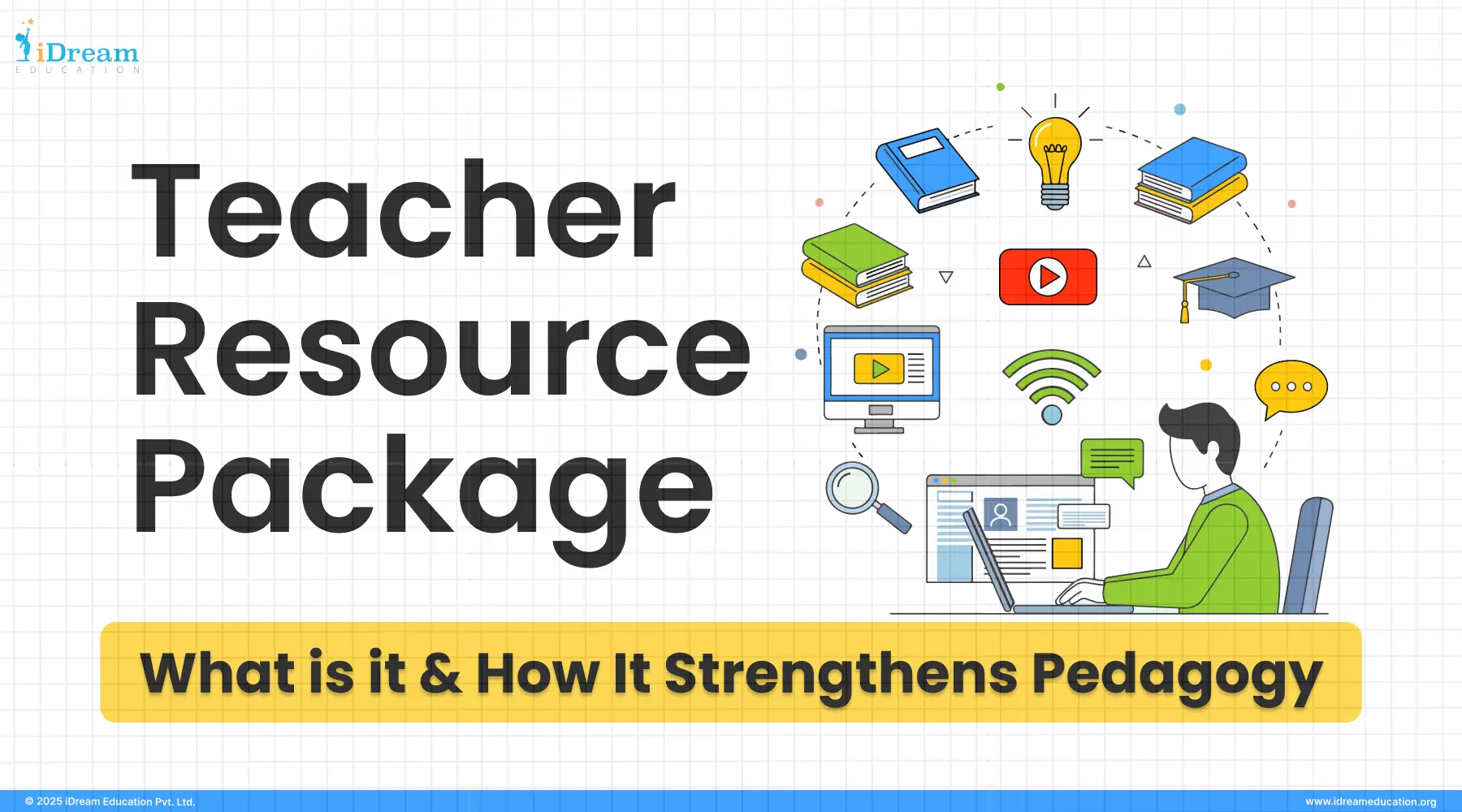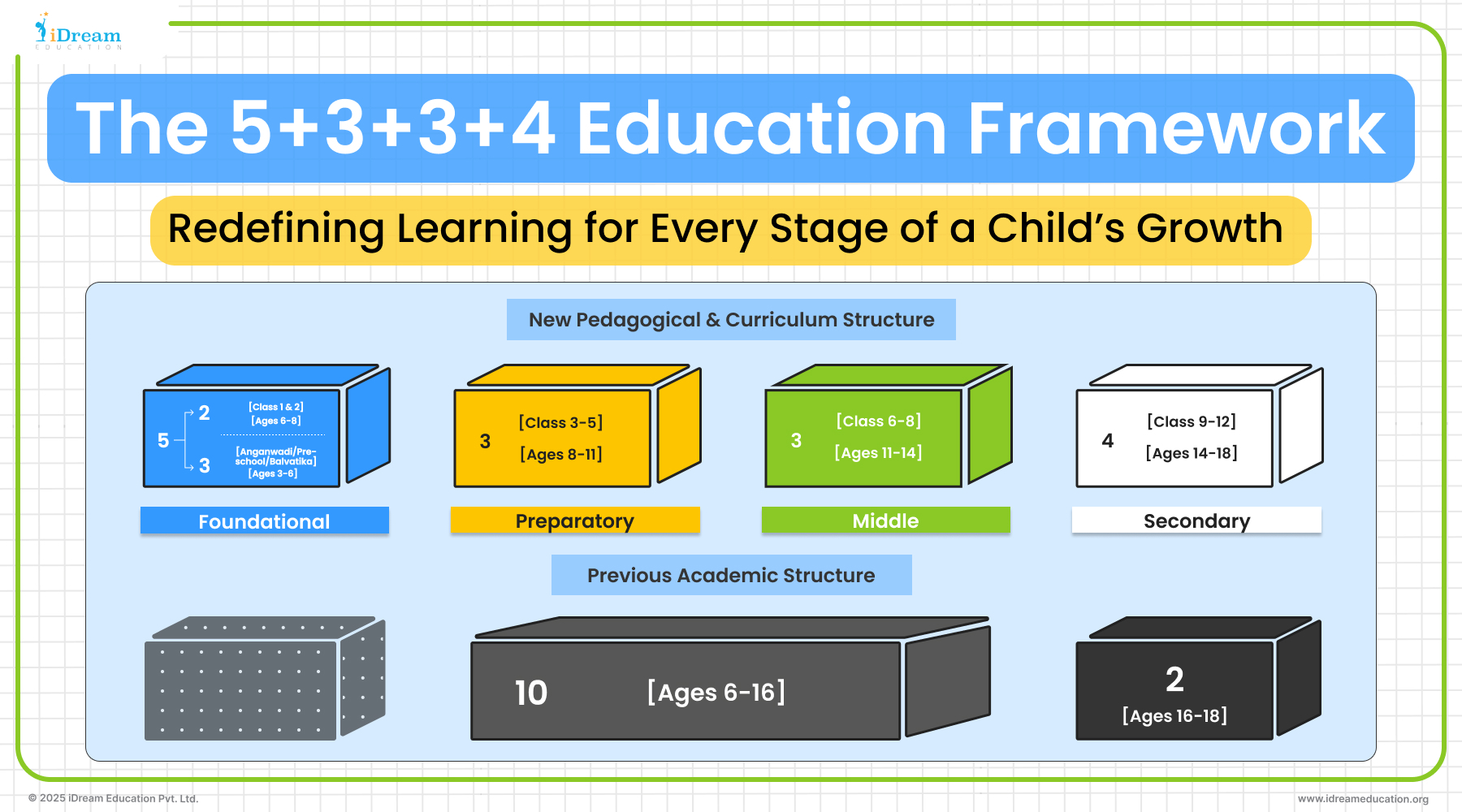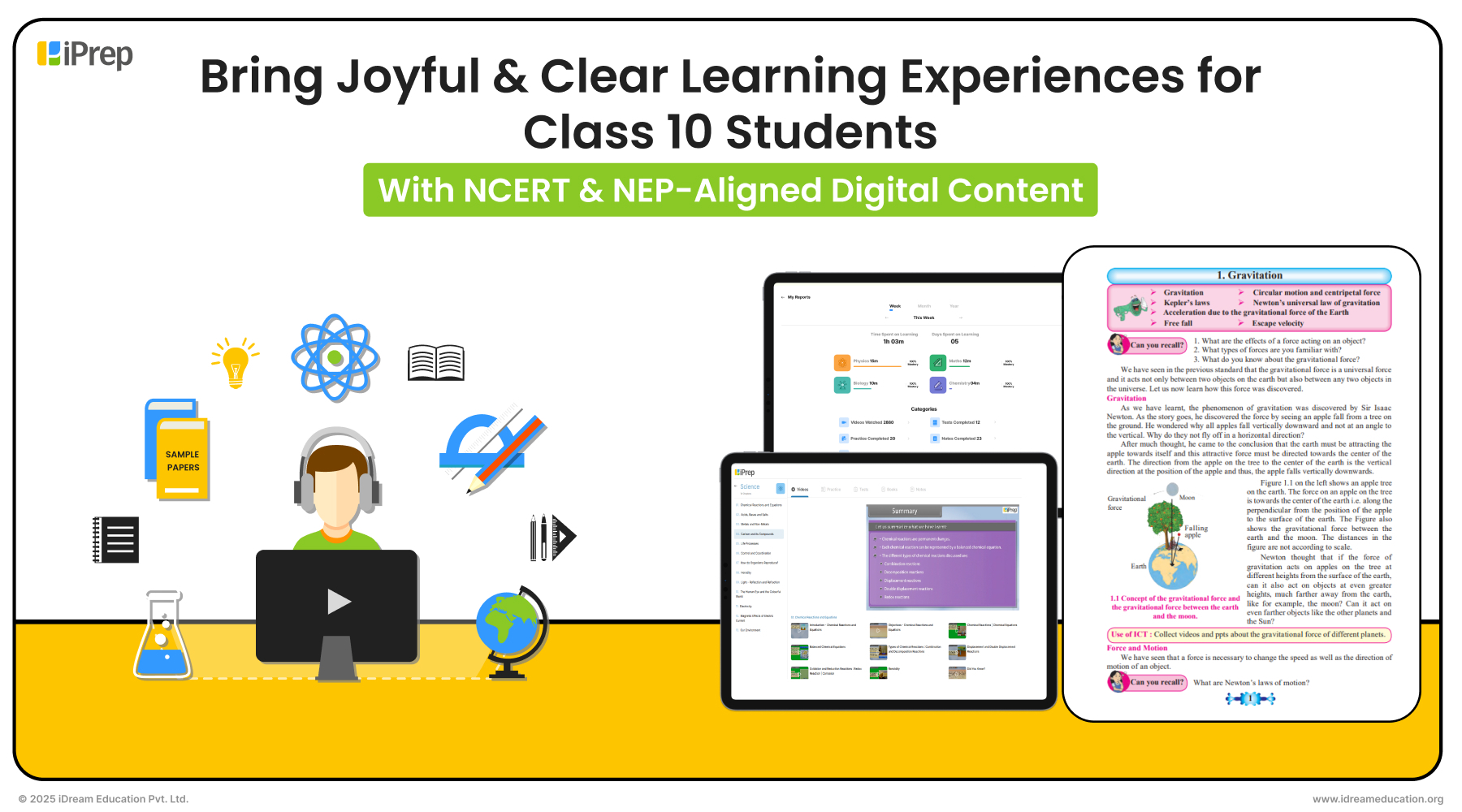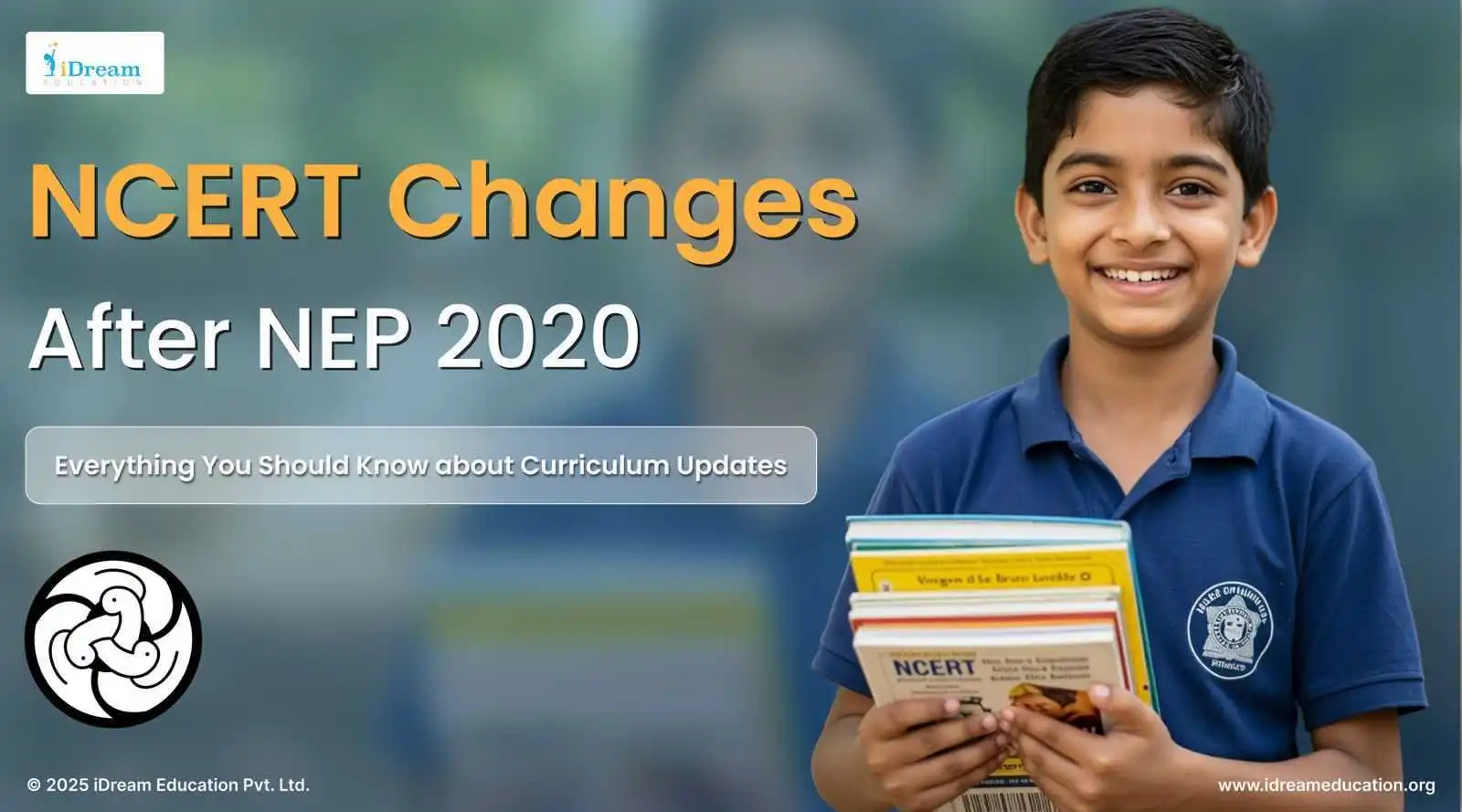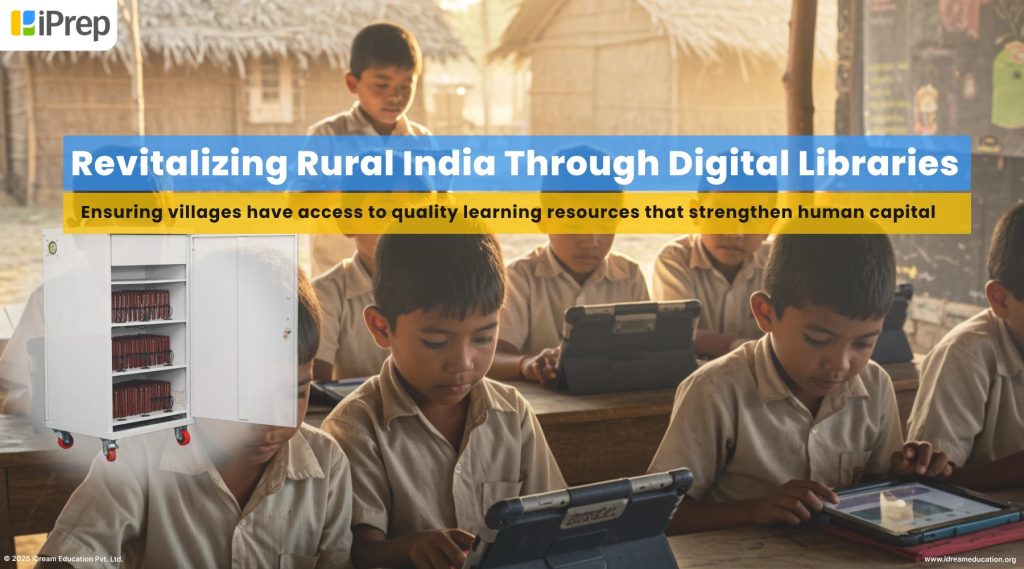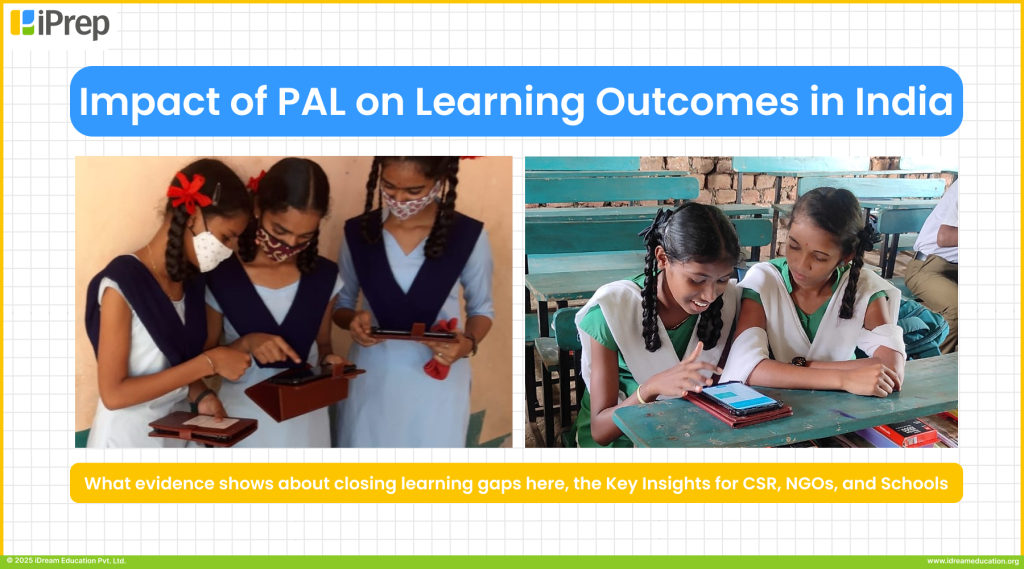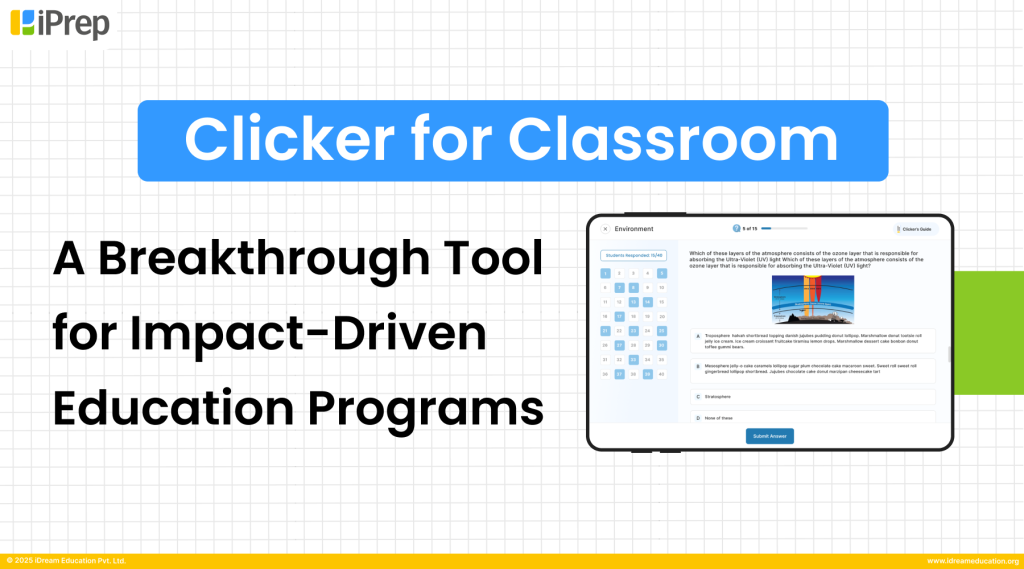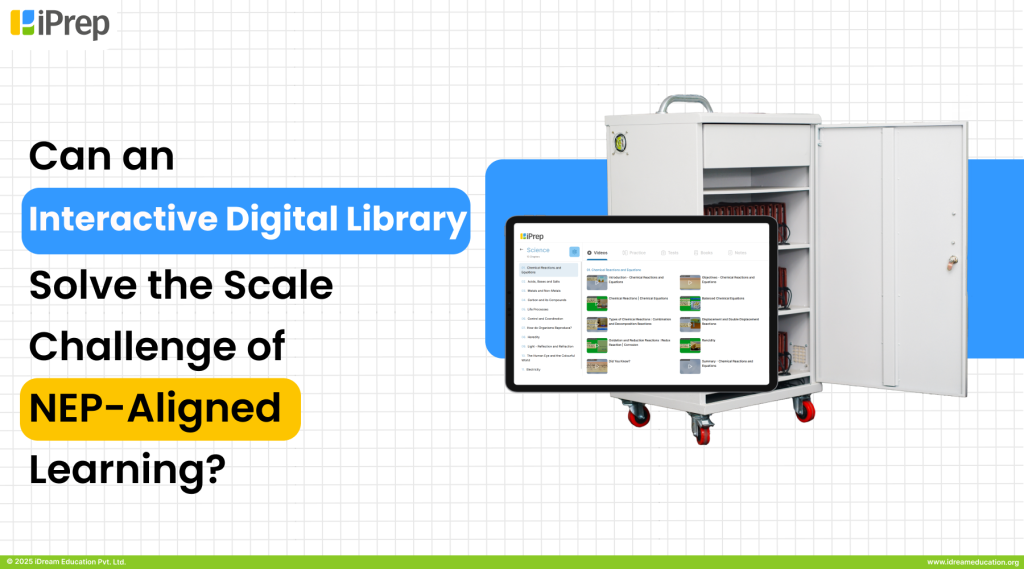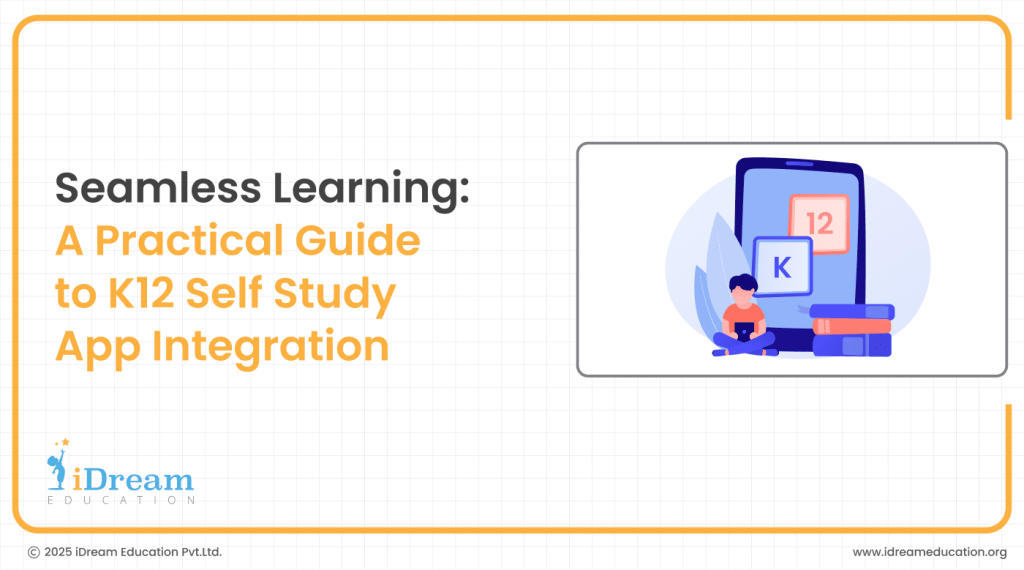
There is no way to avoid the fact that, despite several initiatives, our education system still faces a crucial gap. According to ASER 2024, 50% of Indian Class 5 students are unable to read Class 2 texts, and mathematics scores have plummeted by 10-15% post-pandemic. This is particularly true in rural areas, where 65% of students reside but only 31% have reliable internet access.
Traditional classroom models, with India’s challenging 1:24 teacher-student ratio, often cannot provide the personalised attention needed to bridge these gaps. In this scenario, self study apps offer a promising solution as it can democratise access to quality educational resources and allow personalised learning at individual pace.
However, integrating the learning apps effectively across India’s diverse educational contexts requires far more strategic thought than most K12 digital education vendors suggest. This guide gives you actionable insights and tips to solve that challenge.
The Real Value of Self Study Apps in K-12 Education
Why should educators care about yet another digital tool? Well, it’s about what these apps deliver when implemented thoughtfully. As noted above, they allow students to move at their own pace, which has a massive value in classrooms where learning abilities vary dramatically.
These apps also give learners the chance to revisit difficult concepts without holding back peers or feeling embarrassed. In fact, a NCERT survey found that 28% of students are reluctant to approach teachers with questions due to fear or embarrassment.
And perhaps most importantly, the self study apps extend learning well beyond the confines of school hours.
For those of us working in education – whether you’re with an NGO struggling with limited resources or a government department attempting to standardise quality at scale, these apps can serve as practical tools addressing long-standing learning gaps.
But here’s the thing: these self study apps only transform from supplementary widgets into core components of your learning ecosystem when you approach implementation with a structured approach and dedication. For this, you need to know the functionalities and features you can depend on.
Read More: Complete Guide to Smart Classroom Implementation: Hardware, LMS, Digital Content & Reporting
Selecting the Best Online Self Study App: Key Factors
Here’s how you can choose the best online K12 self study app that aligns with your specific purpose:
1. Curriculum Alignment with NCERT and State Boards
For Indian educational institutions, content alignment with state board curricula is non-negotiable. Your ideal app should offer proper coverage of NCERT content alongside various state boards like Maharashtra, Rajasthan, Karnataka, and others.
2. Language Support That Reflects India’s Diversity
Have you tried learning complex maths concepts in a language you barely understand? It’s nearly impossible. Given India’s linguistic tapestry, quality apps must offer content in multiple languages.
Look for K12 digital education platforms such as iPrep that comes with bilingual interfaces and learning materials in Hindi, English, and regional languages such as Gujarati, Marathi, Tamil, and Telugu.
3. Offline Functionality is a Must
Many of our schools, particularly in rural areas, face serious connectivity challenges—that’s just reality. A truly useful self study app needs robust offline capabilities so learning continues regardless of internet access. Students should be able to download content when connectivity decides to cooperate and access it seamlessly offline.
3. Device Compatibility
After all, what good is brilliant educational software if it requires hardware your school can’t possibly afford? The right self study app works across various devices and platforms, from basic Android tablets to more advanced systems. This flexibility lets schools leverage existing infrastructure while planning for future technology upgrades.
4. Granular Analytics
Data-driven insights matter only if they’re accessible and actionable. Look for apps with built-in analytics that provide meaningful information. The best analytics highlight intervention areas clearly without overwhelming already busy educators with unnecessary complexity or technical jargon.
As a case in point, iPrep, one of the best online K12 study apps, stands out as an example that addresses these criteria through its device-agnostic approach, bilingual interface, and comprehensive curriculum coverage across multiple state boards.
Its offline capabilities make it particularly relevant for diverse Indian educational environments where connectivity isn’t something we can take for granted.
What Is the Implementation Process of Self Study Apps?
Successful integration requires a structured approach tailored to your specific educational environment.
Start With an Honest Assessment
Begin by thoroughly assessing your current infrastructure and identifying specific learning needs. What devices do you actually have available? How reliable is your internet connectivity? What’s the tech comfort level of your teachers? Where are students struggling most?
Customise Your Implementation Strategy
Different institution types need different approaches. Schools must determine whether the app will primarily support ICT labs, classroom instruction, or homework. NGOs and CSR projects require clear monitoring mechanisms to demonstrate impact. On the other hand, government initiatives need scalable models.
Prepare Teachers as Facilitators
Position teachers as learning facilitators rather than reluctant technology users. Provide hands-on training that clearly demonstrates how digital content complements textbook learning.
Thoughtfully Onboard Students
Start with clear demonstrations of app features, followed by guided practice sessions that don’t assume digital literacy. Connect digital learning explicitly to classroom activities and create opportunities for peer learning. Celebrating progress milestones—even small ones—reinforces positive engagement with the platform.
A rural school in Rajasthan demonstrated this approach perfectly. They successfully implemented a tablet-based digital library by first focusing on their most pressing challenge: science education resources. Their targeted approach resulted in 87% regular usage among students within the first three months—evidence that context-specific implementation yields better results than generic deployment.
4 Ways to Address Common Implementation Challenges of Self Study Apps
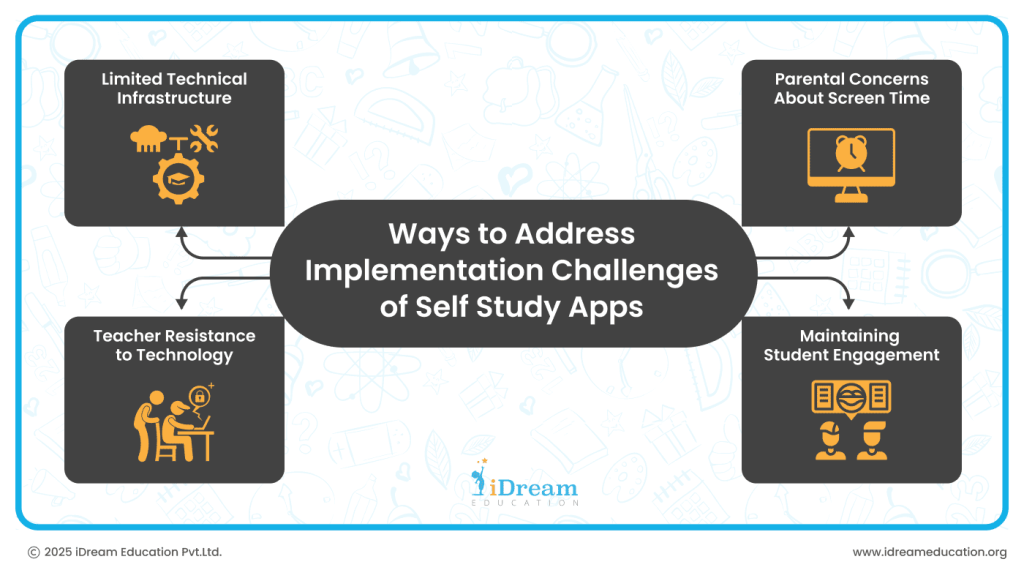
If you have decided to start with the adoption of self study apps, here are the challenges you can prepare for:
1. Limited Technical Infrastructure
This requires practical solutions: implement rotation systems for shared devices, establish clear device management protocols, and for tablet-based solutions, invest in charging racks to ensure devices are always ready for use.
2. Teacher Resistance to Technology
Start with tech-enthusiastic teachers as champions who can influence more hesitant peers. Focus discussions on pedagogical benefits rather than technological features. Replace one-time training with ongoing support, and share success stories from similar educational contexts.
3. Parental Concerns About Screen Time
Establish clear usage guidelines that balance digital and hands-on activities. Shift conversations toward quality of engagement rather than quantity of time spent. Demonstrate concrete educational benefits to parents through regular updates on learning outcomes that show tangible progress.
4. Maintaining Student Engagement
Utilise content that connects to real-world applications and incorporates appropriate gamification elements without sacrificing educational value. Allow for some student choice in learning paths to foster ownership of the educational journey.
Well-designed, K12 online study apps like iPrep minimise many of these challenges through intuitive interfaces that reduce the learning curve for both teachers and students.
Final Note
Successful integration of self study apps into K12 digital education isn’t simple, but it’s achievable through thoughtful selection, strategic implementation, and continuous refinement based on real data and user feedback.
When properly executed, these digital tools help overcome barriers of distance, resources, and individual learning differences.
iDream Education exemplifies this approach through its expert-driven ecosystem of learning solutions:
- iPrep App: A versatile self study K12 learning platform working seamlessly across devices
- iPrep Digital Library: Tablet-based Smart ICT Lab solutions for schools with varied infrastructure
- iPrep Digital Class: Enables engaging presentations on multiple display types
- iPrep PAL: Addresses personalised learning needs through adaptive assessments
- iPrep Tablets: Pre-loaded learning devices with integrated monitoring
To learn more, you may contact us at +91 7678265039.
You can also share your details here or write to us share@idreameducation.org.


